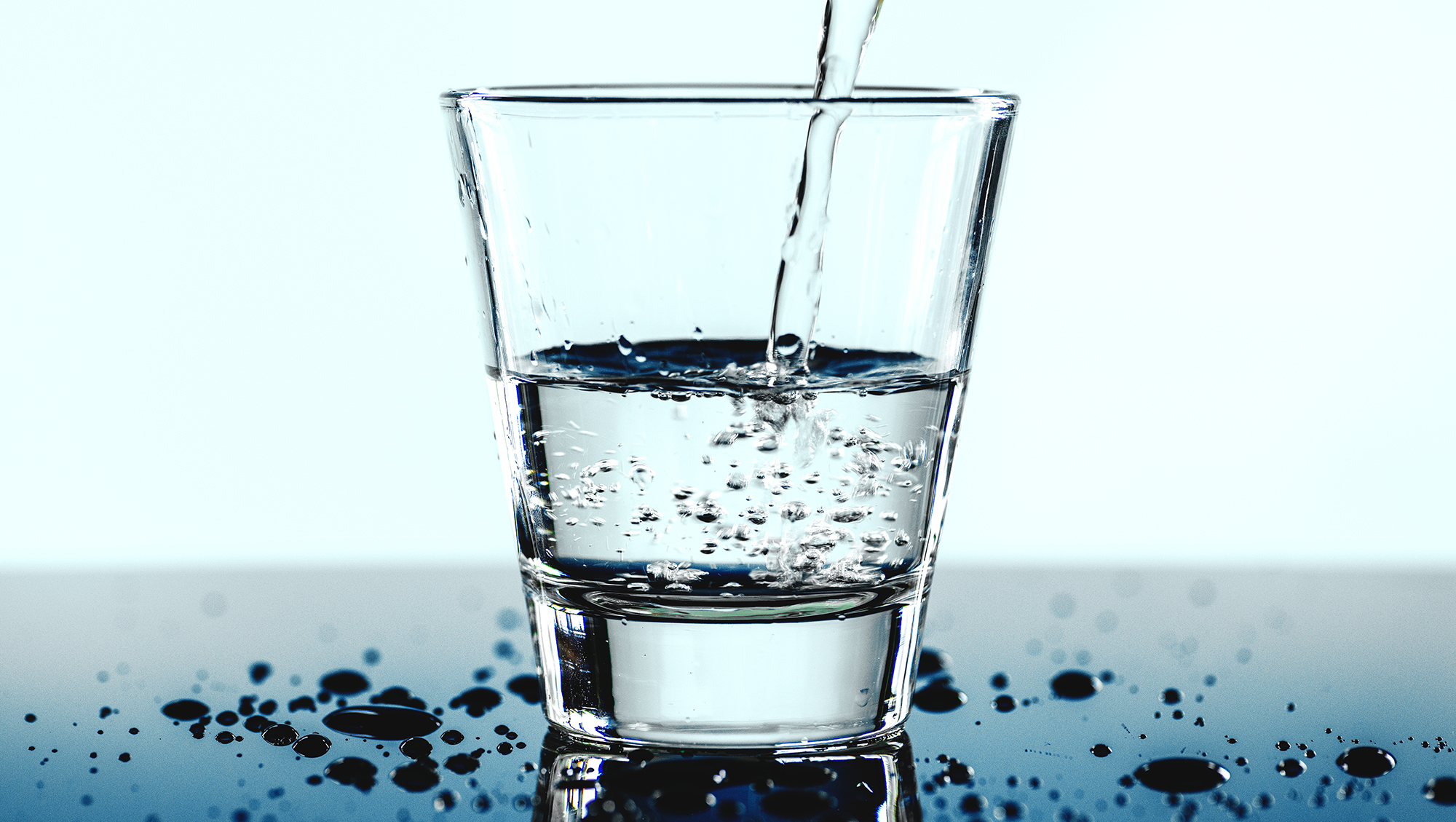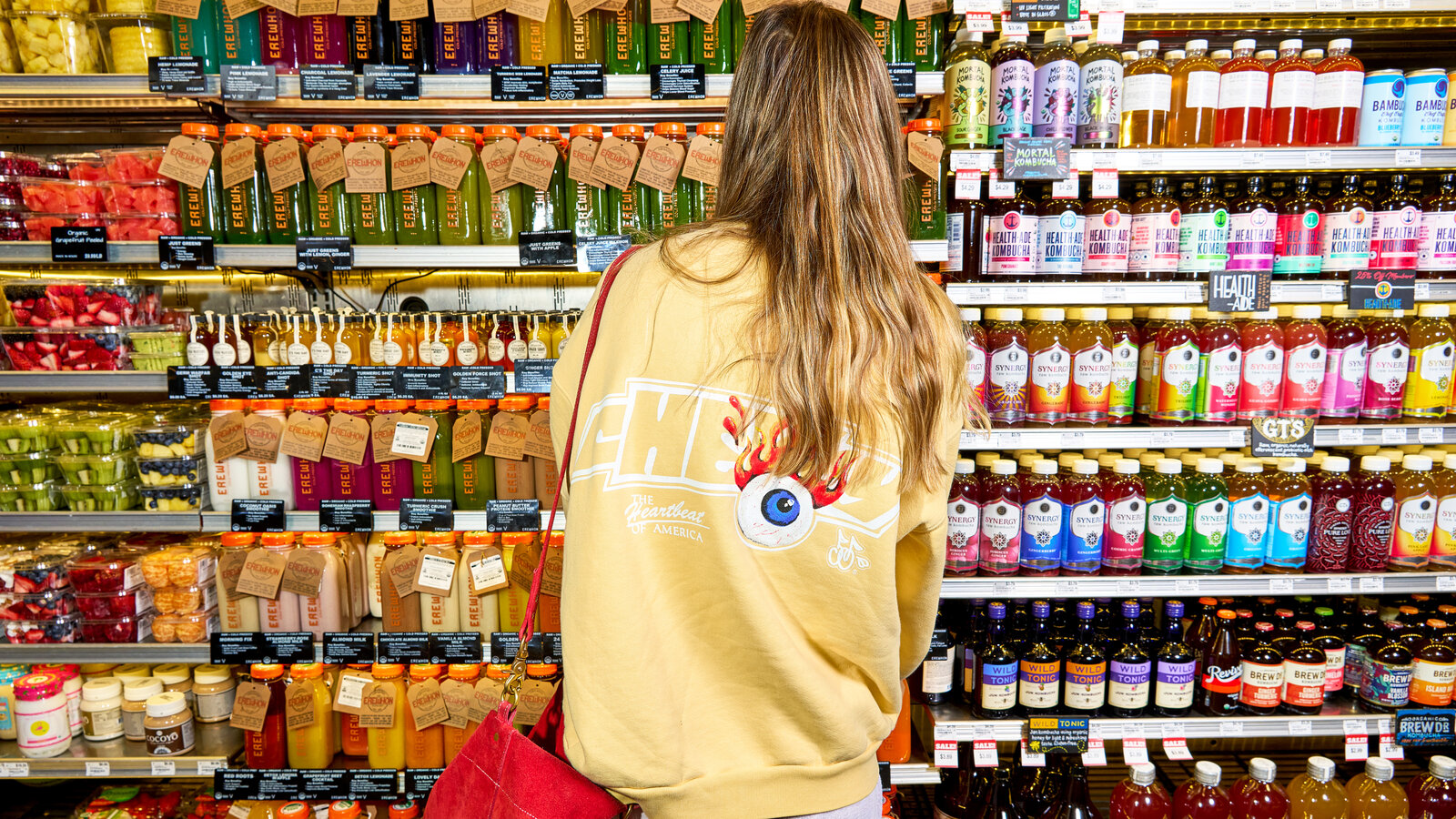
Looking Into the Difference Between Sparkling and Still Water
Hydration is a crucial part of human life. According to the U.S. National Academies of
Get Prepared for Easter with Fresh Farms | Now Available Baby Lambs
(Please Ask Our Meat Department For Assistance. Available at all stores except for Devon Ave)

Salads are usually made with a combination of lettuce or mixed greens and various toppings and dressings. With a wide variety of mixins available, salads have become a staple of balanced diets. Almost any food can be added to a salad, but some toppings are more nutritious than others.
Sharing with you the most common toppings you can try for your salad recipe for healthier living.
Typical salads start with raw vegetables such as lettuce, spinach, kale, mixed vegetables, and arugula. However, you can add a variety of other raw vegetables.
Popular raw vegetable toppings include chopped carrots, onions, cucumbers, celery, mushrooms, and broccoli. These vegetables are filled with fiber and phytochemicals that provide health benefits.
Seeds and nuts including pistachios, walnuts, pumpkin seeds, almonds, peanuts, chia seeds, etc. are very nutritious salad toppings. When selecting nuts and seeds for your salad, choose raw or dry roast varieties without added salt, sugar, or preservatives.
Indeed, salad and dried fruit are a great and delicious combination. Making use of dried cranberries, apricots, mangoes, and raisins as salad toppings makes it easy to add sweetness and a variety of nutrients. For example, an ounce (28 grams) of dried apricot carries 20% of the DV of vitamin A and 2 grams of fiber.
Look for dried fruits that contain only the fruits listed as ingredients to avoid the addition of sugar and preservatives. Also, use this treat sparingly to finish off the salad.
Popular whole grains used as salad toppings include brown rice, quinoa, farro, and barley. These grains add texture and flavor to the salad.
These whole grains also give fiber and protein to help you feel full and content after a meal. In addition, studies have linked whole-grain consumption to many health benefits, which include weight loss and lowering cholesterol.
Beans and legumes are great sources of vegetable protein to add to salad recipes. One cup (172 grams) of serving of both cooked black beans and common beans provides more than 15 grams of protein in addition to vitamins, minerals, and fiber.
Canned beans or self-prepared beans can be used. To cook yourself, place the dried beans in a large saucepan and cover with an inch of water, then bring to a boil and simmer for 1-3 hours or until tender.
Salads are usually considered a combination of vegetables, but fresh fruits can be a delicious topping for salads with additional health benefits. A study of more than 800 adults found that all fruits consumed daily were associated with a 10% reduction in the risk of heart disease.
Popular fresh fruits for salads are berries, apples, oranges, and cherries. You can also use mixed fruits or freshly squeezed fruit juices for homemade salad dressings.
Crushed tortilla chips and pita chips give the salad a crispy texture and delicious taste. Tortilla chips are great for Tex-Mex salads with beans, salsa, avocado, and grated cheese. Pita chips, on the other hand, are great for Mediterranean-flavored salads.
Use shredded hard cheeses such as cheddar, gouda, parmesan, and manchego as salad toppings for added flavor and nutritional value. Packed grated cheese and hard cheese are very common and can easily be purchased nationwide and can be grated using a hand grater.
Roasted veggies are a delicious additive to raw salad greens. Roasting brings out exclusive flavors and textures depending on the vegetable. Research additionally shows that cooking greens makes them less difficult to digest and improves the absorption of a few nutrients. You can also use roasted vegetables that were left from the pre-meal as a salad topping.
Eggs can be a very nutritious addition to your salad. One large egg gives 6 grams of protein and over 15 vitamins and minerals with just 77 calories.
Their protein content can help you feel full. A study of 30 overweight or obese women found that those who ate eggs with a meal consumed significantly fewer calories in the next 36 hours than those who ate bagels.
Herb is defined as leaves, seeds, or flowers of plants that can add flavor or fragrance to your dishes. Popular fresh herbs commonly used for salads and salad dressings are basil, mint, rosemary, parsley, sage, and coriander. Not only adding flavor but also offering health advantages, herbs are really something you must try on your salad recipes.
Conclusion:
Adding up healthy toppings to your salad can improve nutrition and taste. The above recommendations make it easy to come up with a healthy mix that will help you feel richer and happier. Moreover, these toppings can surely spice up the flavor and texting to a well-balanced diet that also provided health advantages.
Great thing Fresh Farms got you covered when it comes to these toppings that you may need for your salad recipes. Visit any of our locations for fresh items you need for your kitchen!

Hydration is a crucial part of human life. According to the U.S. National Academies of

The quality of your meals and drinks can vary based on the ingredients you use.

If you’re looking to celebrate national french fry day, you might want to take it

You won’t always find the stuff you need for sushi when you head to the

Sourcing ingredients for international cuisine can be challenging, especially if you want to make it
Eat well.
Save time.
Live better.